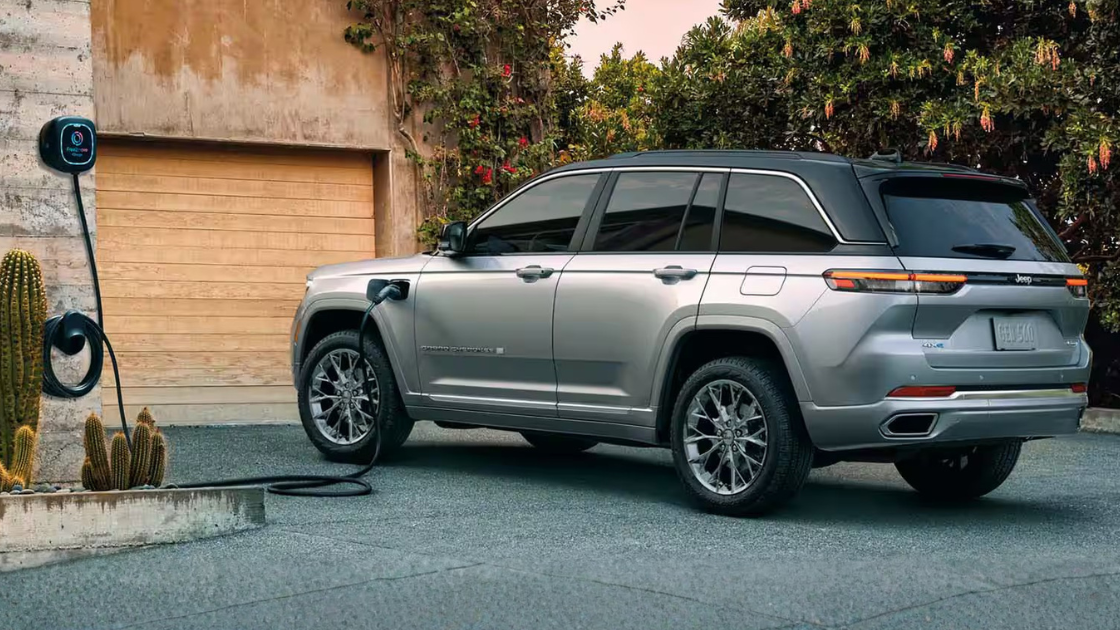
F
The fall of Fisker has been an interesting journey to watch, namely because of how the various stages of the automaker’s decline have played out publicly for all to observe.
Still, the story of how the California-based electric vehicle company — once reportedly to be worth $2.9 billion – spiraled into bankruptcy, leaving shareholders with no recovery, will likely be a topic of discussion for some years to come.
Quick history: Founded by the acclaimed car designer Henrik Fisker, Fisker Automotive – the first iteration of the Fisker car company we’ve come to know today – was once heralded as the future of innovation in the auto industry, being among the first to embrace electric vehicles.
Henrik Fisker started his first auto company in 2007 as Fisker Coachbuild, which focused on building high-end, bespoke vehicles.
The company later evolved into Fisker Automotive, launching the Fisker Karma in 2011, with public and private funding.
A 2012 flood in the port of Newark, New Jersey, flooded 338 Karmas and caused battery fires in 16 of the cars.
Warning signs: Fisker Automotive sold 1,800 Karma units in the U.S. and Europe. But the Karma’s mild success was short-lived when production of the vehicle was halted in late 2012 by its battery supplier, A123 Systems, filing for bankruptcy following a recall of the battery packs supplied to Fisker.
New life: Eager to make a comeback, Henrik Fisker launched a new company Fisker Inc. in 2016. Henrik Fisker and his wife, Geeta Gupta-Fisker, invested a lot of their own money to get the company off the ground, looking to take on Tesla.
Magna International (Magna) served as a manufacturing partner to produce the Fisker Ocean, receiving a 6% stake in the California automaker.
The Fisker Ocean SUV, initially unveiled in 2020, was the first vehicle launched by Fisker Inc., with customer deliveries starting in 2023.
Amid some early skepticism, the Ocean SUV, which had a starting MSRP of $37,499, received solid reviews, earning a 7.4/10 from Edmunds, 7/10 from Car and Driver, and 7/10 from Top Gear.
Consumer issues: Shortly after those positive reviews, owner complaints of a host of issues with the SUV started surfacing.
More than 100 separate loss of power incidents were reported, according to internal Fisker Inc. documents.
Customers reported sudden brake loss, key fob issues leading to owners being locked inside and outside of their vehicles, and the SUVs’ front hood flying open.
Fisker issued 5 recalls for the 2023 Ocean SUV, spanning issues with the brakes to the vehicle’s lane departure system, as detailed by the National Highway Traffic Safety Administration (NHTSA).
Deeper woes: The depth and severity of Fisker Inc.’s operational and funding issues begin coming to light shortly thereafter, with reports of limited cash, layoffs, and the company’s share prices falling more than 96% from the beginning of the year.
In April, Fisker employees were informed that they would be out of a job on June 28, 2024, unless a possible restructuring plan fell into place.
Fisker officially filed for bankruptcy protection in mid-June, looking to salvage its operations by selling its assets and restricting its debt after launching the Ocean SUV.
Fisker’s bankruptcy was approved on Oct. 11, with the company being granted a request to be able to sell off its remaining inventory of about 3,000 Ocean vehicles.
Fallout: Amid Fisker’s bankruptcy approval, Ocean owners did receive a bit of good news.
A last-minute $2.5 million deal with Fisker’s vehicle fleet sale to American Lease will enable owners to continue to have access to essential tech services such as updating vehicle software, reviewing diagnostic data, and allowing drivers to remotely access their vehicles.
And the lingering recall limbo has been cleared up. Fisker first said it would cover parts for recalls but not labor, then changed its mind to include labor costs, only to later place the burden back on owners. The Department of Justice ruled this approach illegal under the National Traffic and Motor Vehicle Safety Act.
A final note: The fall of Fisker is indicative of the inherent challenges associated with the business operations of any car company. However, Fisker’s turbulent decline is a glaring example that lofty ideas and ambitions alone are not enough to sustain an auto company in today’s market.
Become an automotive insider in just 5 minutes.
Get the weekly email that delivers transparent insights into the car market.
Join 81,000 others now, it's free:
Gain a Competitive Edge with Overfuel
Overfuel helps car dealers build modern websites designed to win customers and drive business.
Whether you're a franchise or independent, Overfuel.com offers a major advantage over outdated website providers; unlocking the latest SEO strategies and meeting Google's performance standards (a key metric most dealer sites fail.)
That's why Overfuel has been proven to boost website visitor conversions by an average of 49.3%.
Take the lead over your competition. Sign up for a free website audit at Overfuel.com/audit.











